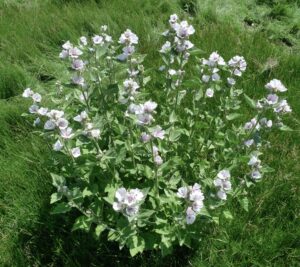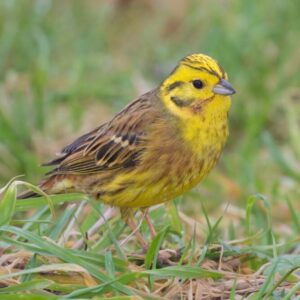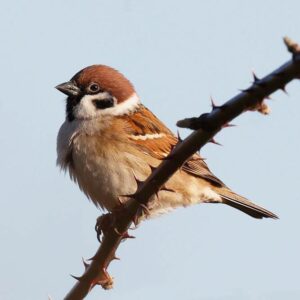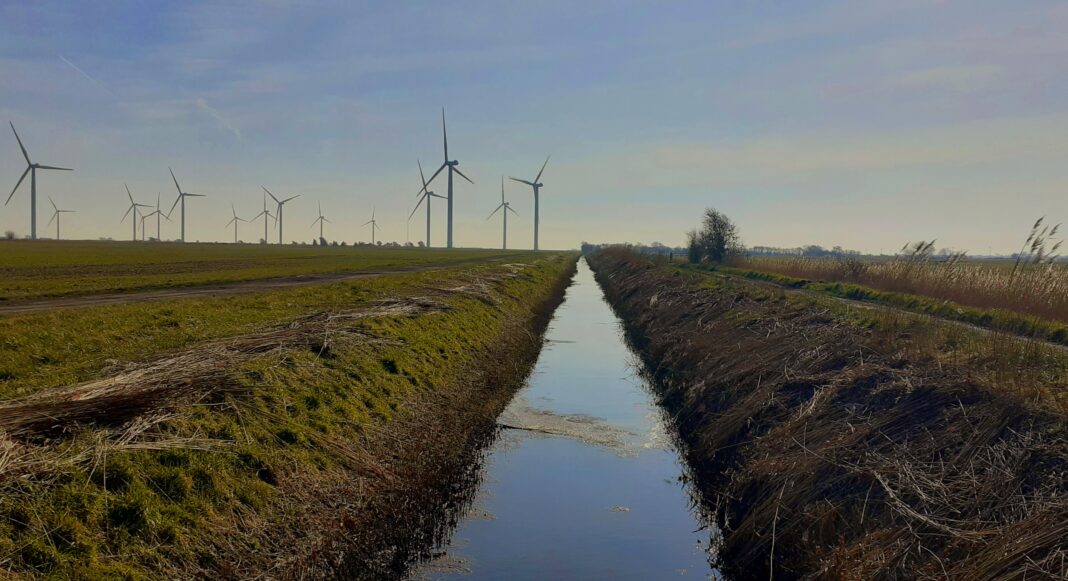Increasingly I find myself birding in the middle of the marsh. It’s a challenging place to watch wildlife, but there is interest to be found in a unique landscape.
It probably doesn’t make sense to sidestep the biodiversity-rich Rye Harbour Nature Reserve and head out onto intensively-farmed flatland, but there’s a peculiar attraction that I can’t seem to resist.
I get ridiculously excited about the prospect of a day spent within this unforgiving landscape, where the lack of contours mirrors the lack of natural habitats. I pull on my hairshirt and heavy boots, ignore the “Abandon All Hope Ye Who Enter Here” signs and set out through mud and trudge towards distant pylons and wind turbines.

Birding on East Guldeford Level and Walland Marsh can feel like sucking blood out of a stone. This is a wide open space with narrow opportunities for natural things. It’s farmed to within an inch of its life, like much of the land in the UK.
Farmland bird populations have declined – crashed – by over 60% since 1970*.
Most of the moisture from our marshland has long since been drained away, but there is still a skeleton of ditches, an occasional reed bed, soggy corner, field margin and scrappy hedge that provide just enough for some wildlife to cling on, some of it being of great significance.

The complicated network of sewers that criss-cross Romney Marsh as a whole are the last traces of the marsh proper and are a stronghold of the scarce Marsh Mallow plant and the moth that depends on it. There are vital populations of Greater Water Parsnip, Water Vole, dragonflies and the fascinating Medicinal Leech.
Opportunities for birds on the marsh are limited, but better than in many other areas of local farmland. This is the last place around here where you have a chance of seeing half-decent numbers of Tree Sparrows and Corn Buntings. There are still some Yellowhammers and in summer Yellow Wagtails. Birds of prey are well represented with Peregrine, Merlin and – with perseverance and luck – the very scarce Hen Harrier. Great White and Little Egrets find things to eat, Wigeon graze in the open while Teal try to hide. In winter the fields beside Camber Road hold feeding Lapwing, Curlew and Golden Plover, sometimes in vast numbers.


Venture out onto this most man-made of environments and you won’t see another person, but you will find a beguiling low-lying landscape beneath a very high sky.
Now, as I look out from the house, I see the wind farm standing stock-still, the turning blades forever waving at me, and I have no choice but to head out onto the marsh.
The Romney Marsh Countryside Partnership aims to care for the special landscape and wildlife of Romney Marsh and Dungeness.
* Figures from Joint Nature Conservation Committee website.
Image Credits: David Bentley , Barry Yates , Alan Martin .



